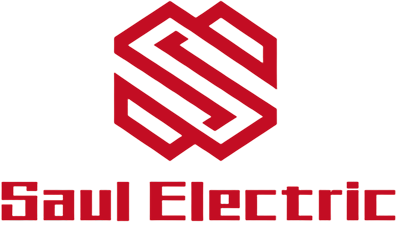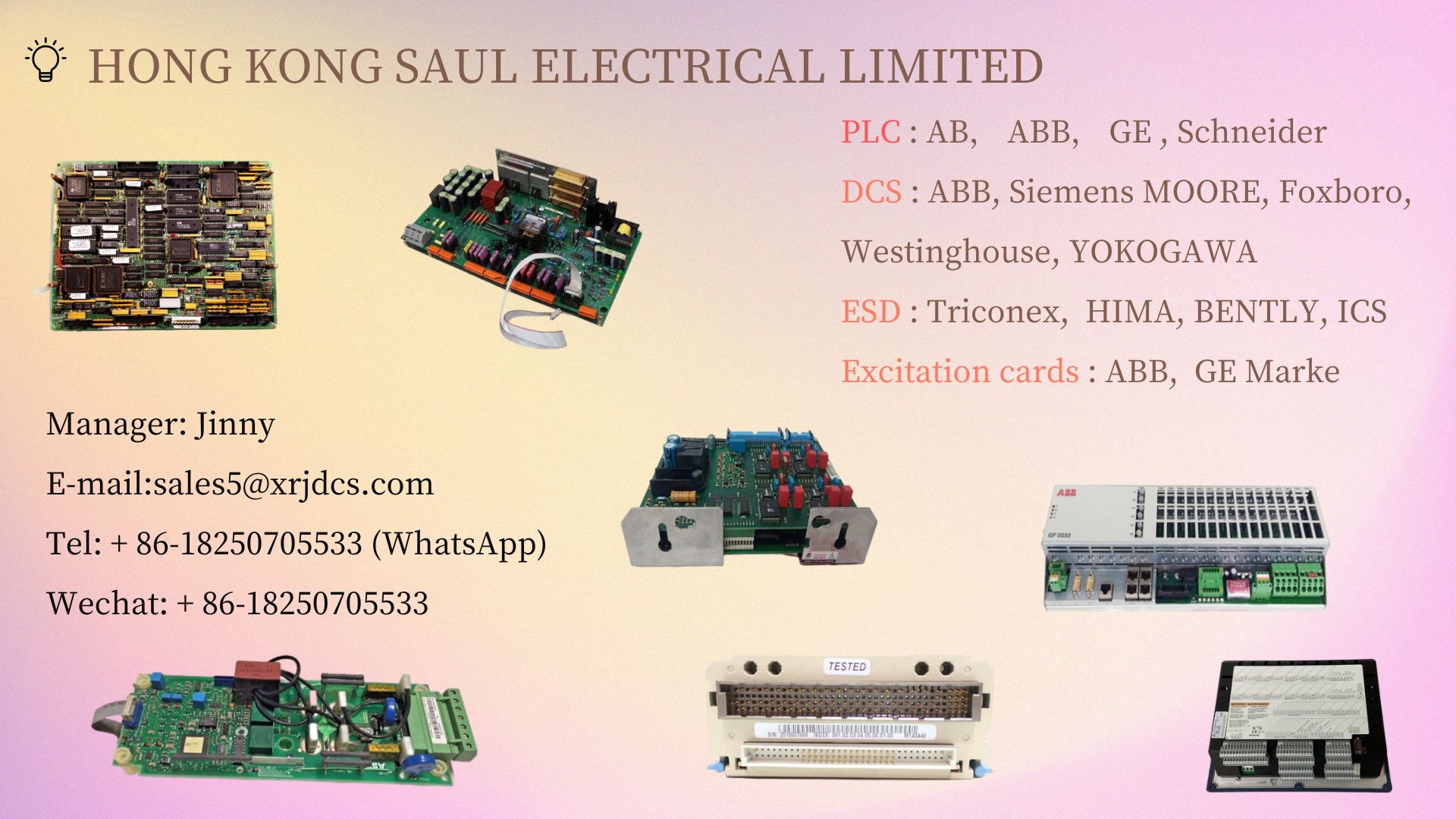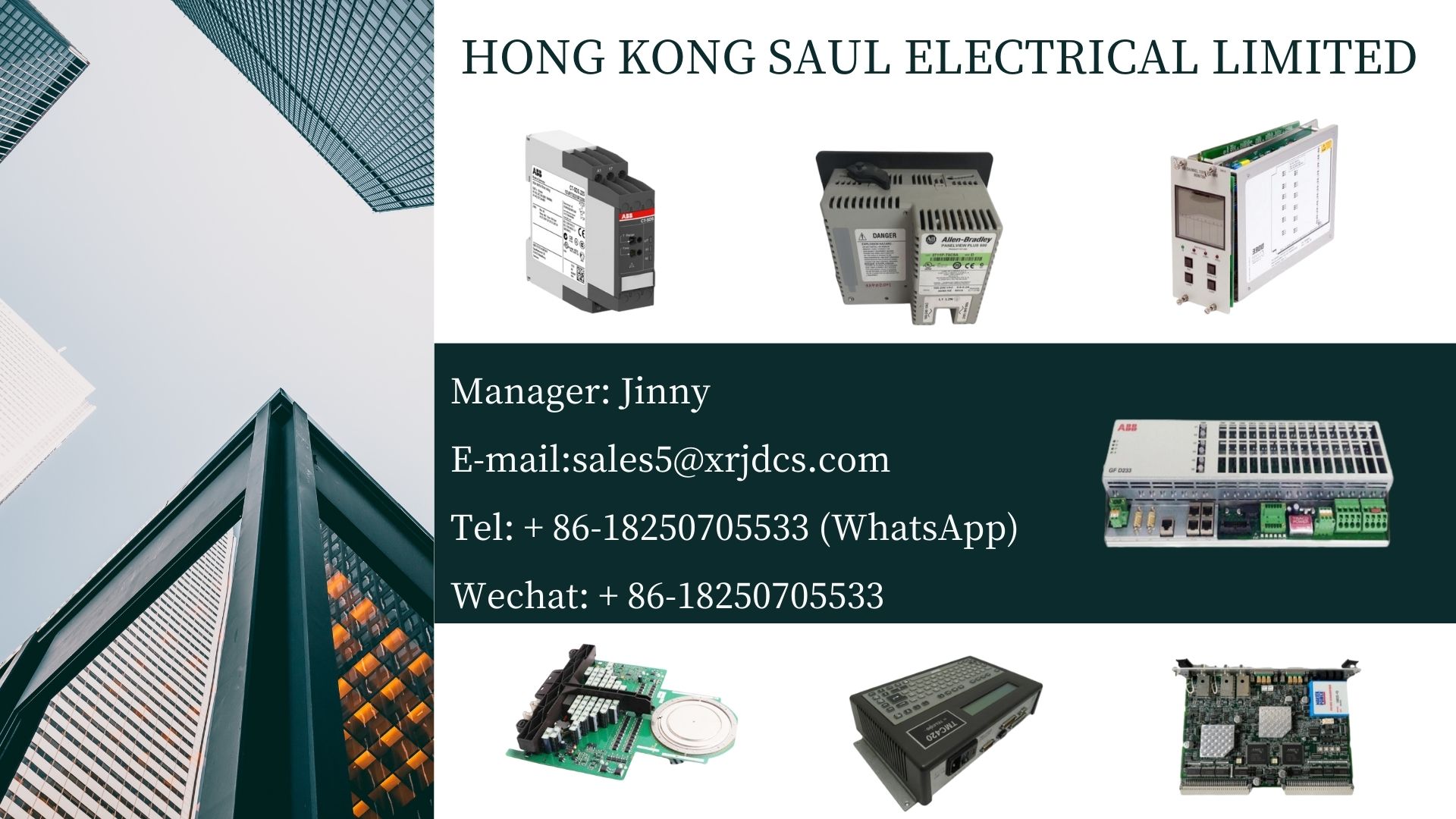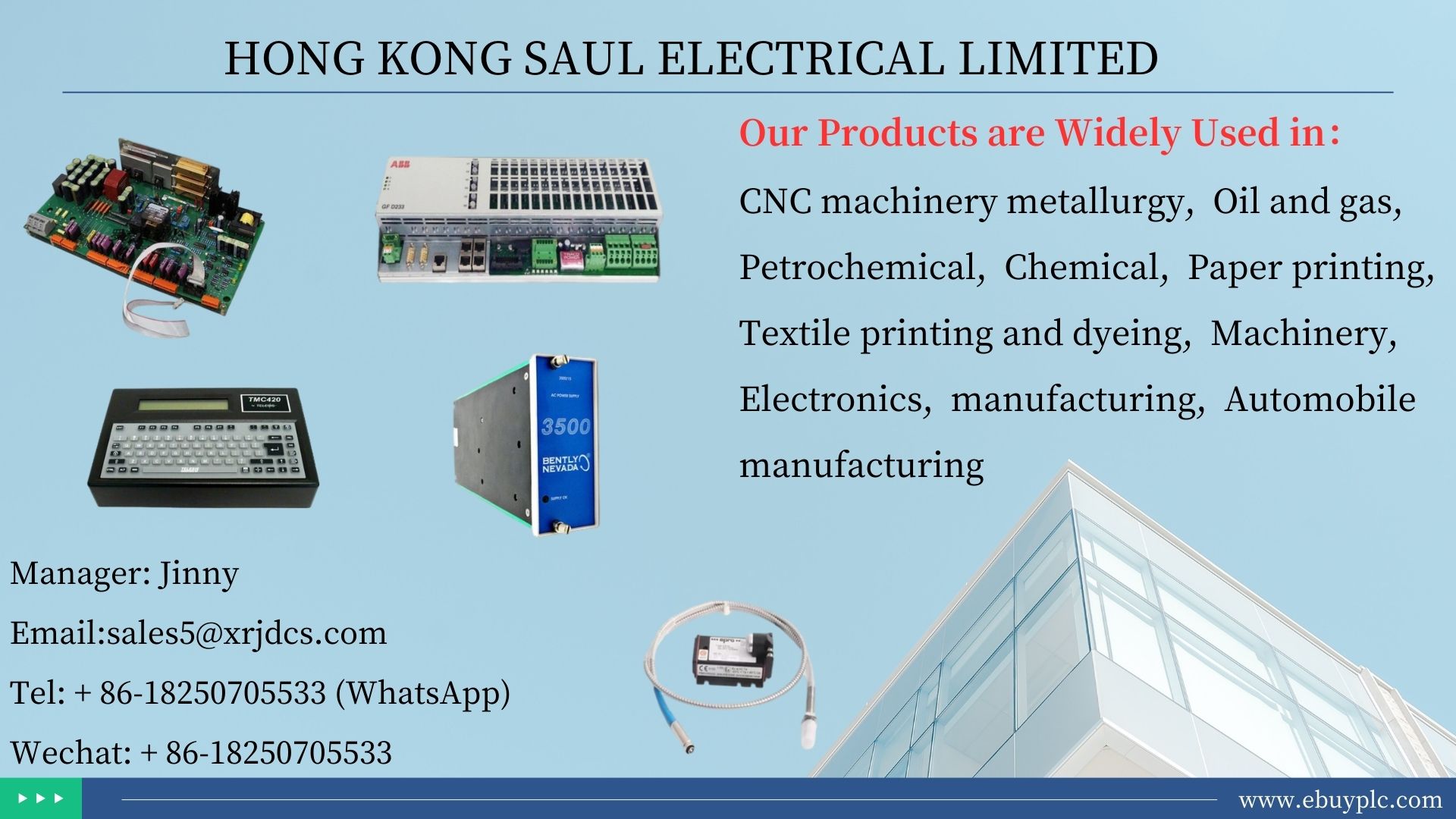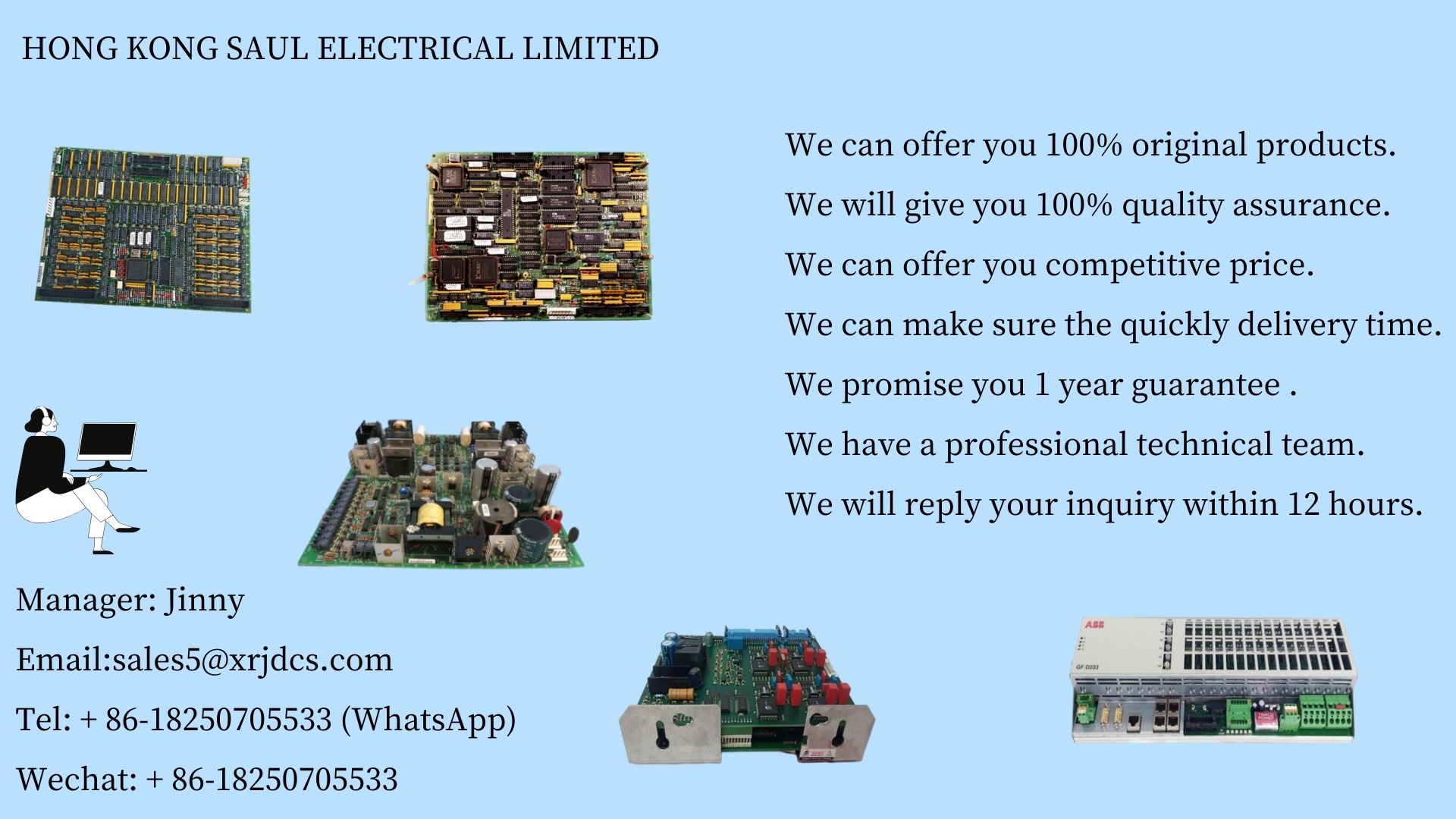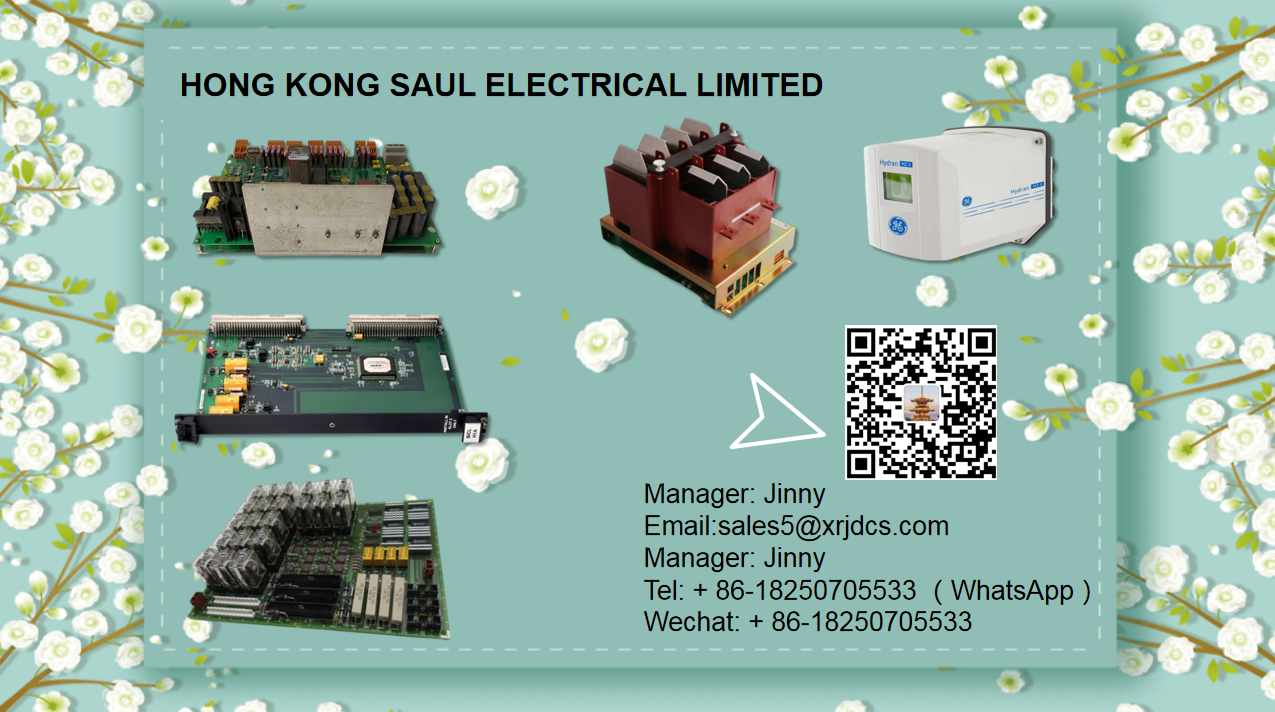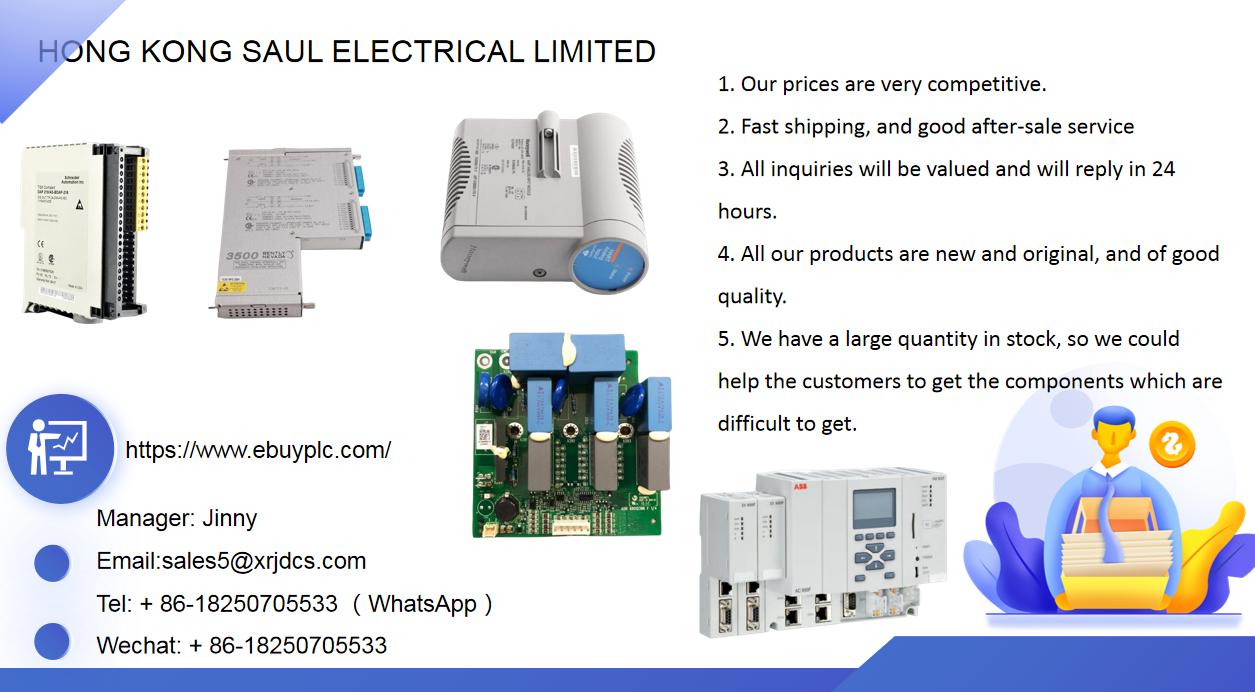0102030405
Ion flow oxygen sensor is used to monitor the oxygen concentration in the working process of welding machine system
2023-12-08
We all know that normal human body only needs a certain concentration of oxygen, and too high or too low concentration of oxygen is harmful to people. Too low partial pressure of oxygen will lead to hypoxia, and too high partial pressure of oxygen will lead to oxygen poisoning. In fact, hypoxia accidents often occur in limited space. The so-called limited space is a space where a few openings are determined in the design for access. Due to poor natural ventilation, it may contain or produce dangerous air pollutants, so that personnel can not work continuously. Due to the different conditions of limited space, the causes of hypoxia are also different. The causes of hypoxia can be basically divided into two categories: one is that oxygen in the air is consumed; The second is the replacement of air by other gases.
In order to maintain sufficient oxygen intake in an anoxic environment, the human body will breathe faster to increase ventilation. Under normal pressure, the possibility of oxygen poisoning will occur when the oxygen concentration exceeds 40%.
There are two main types of human oxygen poisoning: ① lung type. Inhalation of 40% ~ 60% oxygen concentration can lead to pulmonary edema and asphyxia; ② Nervous type. Inhalation of oxygen concentration of more than 80% can lead to coma, respiratory failure and death.
With the continuous development of mechanical welding technology, some new technology applications have promoted the level of automation. Automatic welding machine plays an important role in mechanical welding, improves the work efficiency and quality level, and ensures the improvement of productivity. When it is necessary to cut large workpieces with a thickness of more than 100mm, the problem of insufficient oxygen is often encountered. Due to insufficient oxygen, the cutting stops halfway. After changing the oxygen cylinder, continue cutting. At this time, the sodium plate at the original cutting place has cooled and needs to be preheated again, resulting in waste of oxygen and reduced production efficiency.
 Oxygen deficiency detection in the operating environment of welding machine system Austrian sensor micro oxygen ion flow oxygen sensor - so-b0-001 provided by general labor mining network. Ion flow oxygen sensor-so-b0-001 because the carrier of current in zirconia electrolyte is oxygen ion, when voltage is applied to zirconia electrolytic cell, oxygen is pumped to the anode through zirconia disk. If a perforated cover is added to the cathode of the electrolytic cell, the rate of oxygen flow to the cathode will be limited. Limited by this rate, the current in the electrolytic cell will reach saturation with the gradual increase of the applied voltage. This saturation current is called the limiting current, which is directly proportional to the oxygen concentration in the surrounding environment. In view of the particularity of welding machine operation, it is recommended to use ion flow oxygen sensor - so-b0-001 with ion flow oxygen sensor - so-b0-250 in the industrial mining network, and the detection effect of oxygen concentration will achieve ideal effect.
Austrian sensor micro oxygen ion flow oxygen sensor so-b0-001 features:
Wide measuring range, 10 ppm ~ 96% oxygen
high-precision
Several models are linear
The sensor signal has little dependence on temperature
Low cross sensitivity
Long service life
In most cases, only one "single point calibration" is required
Characteristic data of Austrian sensor micro oxygen ion flow oxygen sensor so-b0-001:
Measuring gas: oxygen concentration
Measuring medium: gas
Measuring principle: limit current sensor
Measuring range: type so - B0 - 001
10 ppm – 1000 ppm O2
Response time (T90)
2 ~ 25 seconds (depending on sensor type, air flow, measuring chamber)
Sensor voltage / heating voltage / power consumption / heater cold resistance
Sensor voltage: 0,7 ~ 1,6 Volts
Heating voltage: 3.6 ~ 4.4 Volts
Power consumption: 1.3 ~ 1.8 watts (depending on application and package)
Cold resistance: R (25 ° C) = 3.25 Ω± 0.20 Ω
Preheating time: at least 30 s
Operating temperature up to: 350 ° C depending on cable and filter assembly (refer to specification and cable assembly section)
Allowable volumetric flow rate (sensor purge)
For all types of sensors, the maximum flow rate depends on the sensor purging method (DC, air flow shape, etc.) and the size of the measuring chamber, except so-e1-xxx (to8 + hose interface, direct ventilation).
Allowable flow [ml / min]: 100-500 (250 optimum) life (MTTF) ~ 20.000 hours (*)
This depends on the measuring medium. The specified life refers to so-xx-250 and so-xx-960 sensors. Failure to meet or exceed the service life means that there is a slight deviation in the specification parameters.
Vibration resistance to8 and to39 shell and tube encapsulated sensors (so-bx-xxx, so-ex-xxx, so-ax-xxx) meet the European standard en60068-2-6 (sinusoidal vibration test).
Oxygen deficiency detection in the operating environment of welding machine system Austrian sensor micro oxygen ion flow oxygen sensor - so-b0-001 provided by general labor mining network. Ion flow oxygen sensor-so-b0-001 because the carrier of current in zirconia electrolyte is oxygen ion, when voltage is applied to zirconia electrolytic cell, oxygen is pumped to the anode through zirconia disk. If a perforated cover is added to the cathode of the electrolytic cell, the rate of oxygen flow to the cathode will be limited. Limited by this rate, the current in the electrolytic cell will reach saturation with the gradual increase of the applied voltage. This saturation current is called the limiting current, which is directly proportional to the oxygen concentration in the surrounding environment. In view of the particularity of welding machine operation, it is recommended to use ion flow oxygen sensor - so-b0-001 with ion flow oxygen sensor - so-b0-250 in the industrial mining network, and the detection effect of oxygen concentration will achieve ideal effect.
Austrian sensor micro oxygen ion flow oxygen sensor so-b0-001 features:
Wide measuring range, 10 ppm ~ 96% oxygen
high-precision
Several models are linear
The sensor signal has little dependence on temperature
Low cross sensitivity
Long service life
In most cases, only one "single point calibration" is required
Characteristic data of Austrian sensor micro oxygen ion flow oxygen sensor so-b0-001:
Measuring gas: oxygen concentration
Measuring medium: gas
Measuring principle: limit current sensor
Measuring range: type so - B0 - 001
10 ppm – 1000 ppm O2
Response time (T90)
2 ~ 25 seconds (depending on sensor type, air flow, measuring chamber)
Sensor voltage / heating voltage / power consumption / heater cold resistance
Sensor voltage: 0,7 ~ 1,6 Volts
Heating voltage: 3.6 ~ 4.4 Volts
Power consumption: 1.3 ~ 1.8 watts (depending on application and package)
Cold resistance: R (25 ° C) = 3.25 Ω± 0.20 Ω
Preheating time: at least 30 s
Operating temperature up to: 350 ° C depending on cable and filter assembly (refer to specification and cable assembly section)
Allowable volumetric flow rate (sensor purge)
For all types of sensors, the maximum flow rate depends on the sensor purging method (DC, air flow shape, etc.) and the size of the measuring chamber, except so-e1-xxx (to8 + hose interface, direct ventilation).
Allowable flow [ml / min]: 100-500 (250 optimum) life (MTTF) ~ 20.000 hours (*)
This depends on the measuring medium. The specified life refers to so-xx-250 and so-xx-960 sensors. Failure to meet or exceed the service life means that there is a slight deviation in the specification parameters.
Vibration resistance to8 and to39 shell and tube encapsulated sensors (so-bx-xxx, so-ex-xxx, so-ax-xxx) meet the European standard en60068-2-6 (sinusoidal vibration test).
 Oxygen deficiency detection in the operating environment of welding machine system Austrian sensor micro oxygen ion flow oxygen sensor - so-b0-001 provided by general labor mining network. Ion flow oxygen sensor-so-b0-001 because the carrier of current in zirconia electrolyte is oxygen ion, when voltage is applied to zirconia electrolytic cell, oxygen is pumped to the anode through zirconia disk. If a perforated cover is added to the cathode of the electrolytic cell, the rate of oxygen flow to the cathode will be limited. Limited by this rate, the current in the electrolytic cell will reach saturation with the gradual increase of the applied voltage. This saturation current is called the limiting current, which is directly proportional to the oxygen concentration in the surrounding environment. In view of the particularity of welding machine operation, it is recommended to use ion flow oxygen sensor - so-b0-001 with ion flow oxygen sensor - so-b0-250 in the industrial mining network, and the detection effect of oxygen concentration will achieve ideal effect.
Austrian sensor micro oxygen ion flow oxygen sensor so-b0-001 features:
Wide measuring range, 10 ppm ~ 96% oxygen
high-precision
Several models are linear
The sensor signal has little dependence on temperature
Low cross sensitivity
Long service life
In most cases, only one "single point calibration" is required
Characteristic data of Austrian sensor micro oxygen ion flow oxygen sensor so-b0-001:
Measuring gas: oxygen concentration
Measuring medium: gas
Measuring principle: limit current sensor
Measuring range: type so - B0 - 001
10 ppm – 1000 ppm O2
Response time (T90)
2 ~ 25 seconds (depending on sensor type, air flow, measuring chamber)
Sensor voltage / heating voltage / power consumption / heater cold resistance
Sensor voltage: 0,7 ~ 1,6 Volts
Heating voltage: 3.6 ~ 4.4 Volts
Power consumption: 1.3 ~ 1.8 watts (depending on application and package)
Cold resistance: R (25 ° C) = 3.25 Ω± 0.20 Ω
Preheating time: at least 30 s
Operating temperature up to: 350 ° C depending on cable and filter assembly (refer to specification and cable assembly section)
Allowable volumetric flow rate (sensor purge)
For all types of sensors, the maximum flow rate depends on the sensor purging method (DC, air flow shape, etc.) and the size of the measuring chamber, except so-e1-xxx (to8 + hose interface, direct ventilation).
Allowable flow [ml / min]: 100-500 (250 optimum) life (MTTF) ~ 20.000 hours (*)
This depends on the measuring medium. The specified life refers to so-xx-250 and so-xx-960 sensors. Failure to meet or exceed the service life means that there is a slight deviation in the specification parameters.
Vibration resistance to8 and to39 shell and tube encapsulated sensors (so-bx-xxx, so-ex-xxx, so-ax-xxx) meet the European standard en60068-2-6 (sinusoidal vibration test).
Oxygen deficiency detection in the operating environment of welding machine system Austrian sensor micro oxygen ion flow oxygen sensor - so-b0-001 provided by general labor mining network. Ion flow oxygen sensor-so-b0-001 because the carrier of current in zirconia electrolyte is oxygen ion, when voltage is applied to zirconia electrolytic cell, oxygen is pumped to the anode through zirconia disk. If a perforated cover is added to the cathode of the electrolytic cell, the rate of oxygen flow to the cathode will be limited. Limited by this rate, the current in the electrolytic cell will reach saturation with the gradual increase of the applied voltage. This saturation current is called the limiting current, which is directly proportional to the oxygen concentration in the surrounding environment. In view of the particularity of welding machine operation, it is recommended to use ion flow oxygen sensor - so-b0-001 with ion flow oxygen sensor - so-b0-250 in the industrial mining network, and the detection effect of oxygen concentration will achieve ideal effect.
Austrian sensor micro oxygen ion flow oxygen sensor so-b0-001 features:
Wide measuring range, 10 ppm ~ 96% oxygen
high-precision
Several models are linear
The sensor signal has little dependence on temperature
Low cross sensitivity
Long service life
In most cases, only one "single point calibration" is required
Characteristic data of Austrian sensor micro oxygen ion flow oxygen sensor so-b0-001:
Measuring gas: oxygen concentration
Measuring medium: gas
Measuring principle: limit current sensor
Measuring range: type so - B0 - 001
10 ppm – 1000 ppm O2
Response time (T90)
2 ~ 25 seconds (depending on sensor type, air flow, measuring chamber)
Sensor voltage / heating voltage / power consumption / heater cold resistance
Sensor voltage: 0,7 ~ 1,6 Volts
Heating voltage: 3.6 ~ 4.4 Volts
Power consumption: 1.3 ~ 1.8 watts (depending on application and package)
Cold resistance: R (25 ° C) = 3.25 Ω± 0.20 Ω
Preheating time: at least 30 s
Operating temperature up to: 350 ° C depending on cable and filter assembly (refer to specification and cable assembly section)
Allowable volumetric flow rate (sensor purge)
For all types of sensors, the maximum flow rate depends on the sensor purging method (DC, air flow shape, etc.) and the size of the measuring chamber, except so-e1-xxx (to8 + hose interface, direct ventilation).
Allowable flow [ml / min]: 100-500 (250 optimum) life (MTTF) ~ 20.000 hours (*)
This depends on the measuring medium. The specified life refers to so-xx-250 and so-xx-960 sensors. Failure to meet or exceed the service life means that there is a slight deviation in the specification parameters.
Vibration resistance to8 and to39 shell and tube encapsulated sensors (so-bx-xxx, so-ex-xxx, so-ax-xxx) meet the European standard en60068-2-6 (sinusoidal vibration test).
